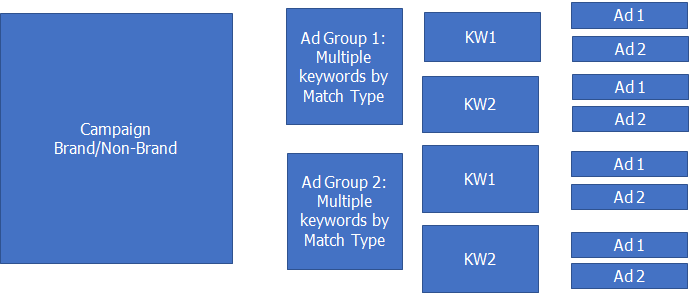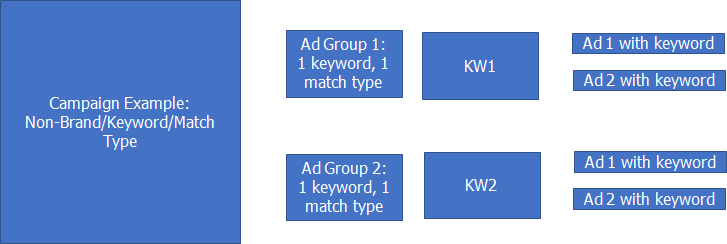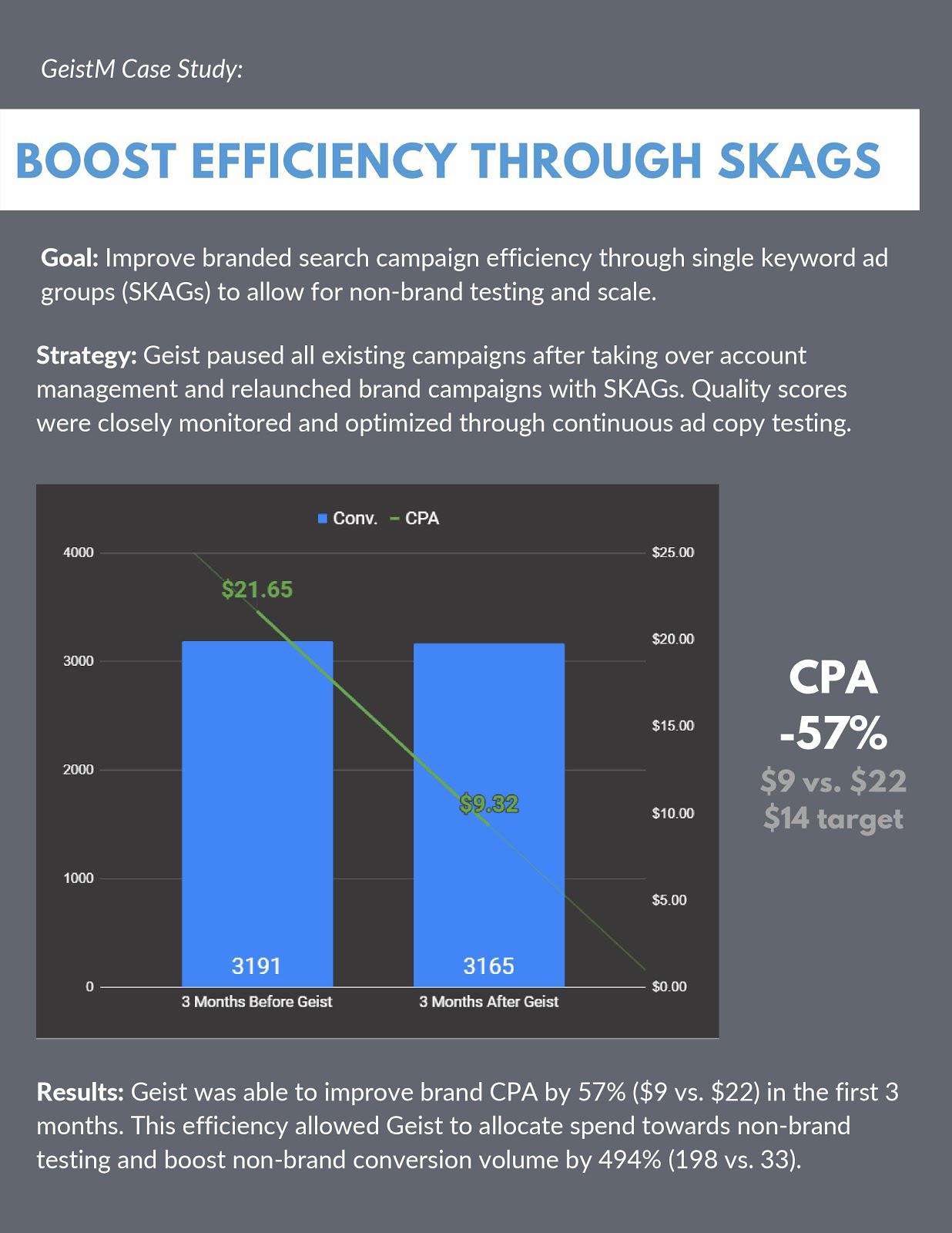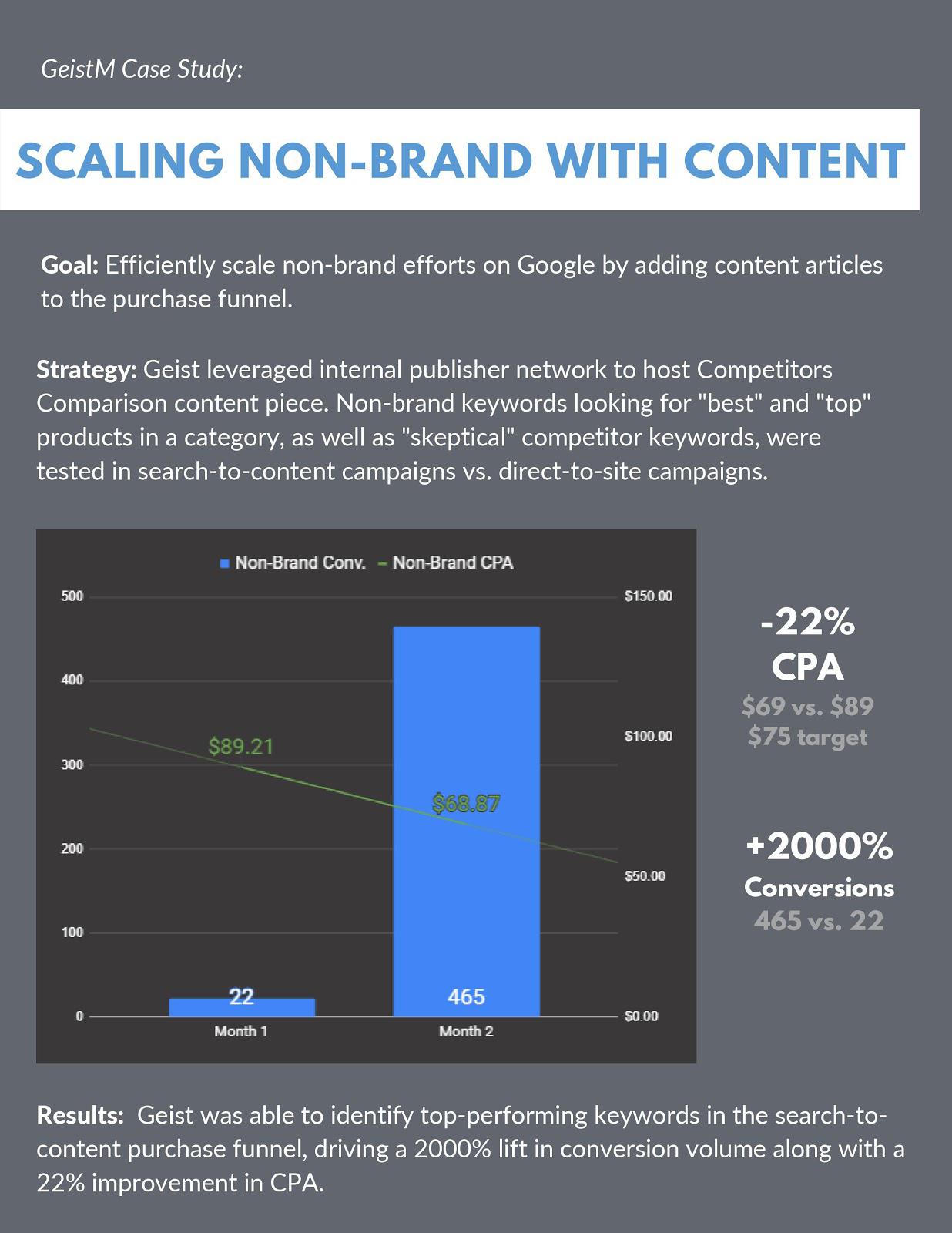What Are The Biggest Mistakes B2B Marketers Can Make?

Jan 05 | 2021
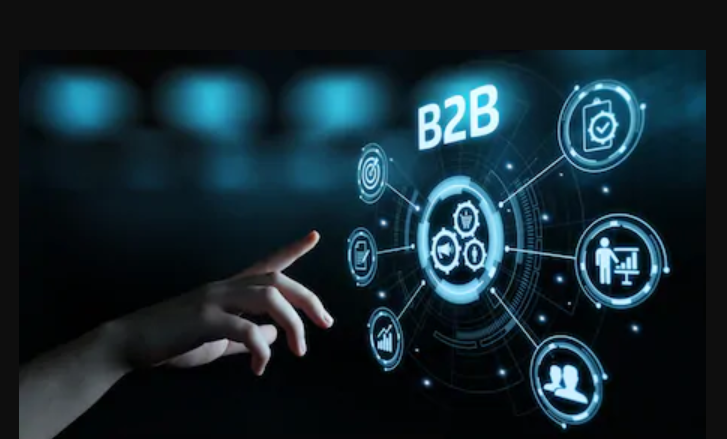
B2B companies invested over $6Bn in 2020 on digital marketing campaigns. While that pales in comparison with the nearly $15Bn spent on trade shows, the trend towards digital and performance-based marketing by Business-to-Business (B2B) players is rapidly accelerating.
This is partially due to the impact of the global pandemic, which has placed severe restrictions on travel and trade show opportunities. But it’s primarily the result of improved performance and accountability tools now available to B2B marketers.
“B2B marketing is a completely different animal than consumer-facing advertising,” says Andrew Gill Smith, SVP of Strategic Partnerships with GeistM, the fastest growing Martech platform in the US. “The conversion funnel for B2B has to be highly elastic in order to account for wide variations in customer lifetime values. We have telecommunications equipment clients who have deals ranging from $25,000 all the way up to $5,000,000. It also has to be extraordinarily efficient, meaning it has to drive to calls, leads, and sales quickly. B2B is all about performance. Most players don’t have time for fru-fru ‘soft’ metrics like brand awareness or abstract, top-of-the-funnel concepts.”
For most B2B players, digital marketing is a necessary evil. It begins and ends with Search Engine Marketing (SEM). Many companies rely on local or part-time “consultants” to perform this essential function, and as a result, are missing out on tremendous growth opportunities. GeistM recommends that B2B marketers budget at least $5,000 per month to generate consistent, optimal results.
The biggest mistake most B2B marketers make starts at the top of their funnel, specifically the way they set up their keyword campaigns. The traditional setup, detailed below, assigns multiple messages to multiple keywords or “ad groups.”
Traditional Setup
This works well enough, but it also leads to lower quality scores, meaning that the company’s pages are less likely to show up in paid search results. This means higher costs-per-clicks and, ultimately, higher customer acquisition costs.
GeistM has pioneered the use of Single Keyword Ad Groups (SKAGs), which require a completely different campaign architecture:
“As a result, they aren’t maximizing their ROI on their digital marketing spend.”
Rather than sending prospects to a website or a company-hosted landing page, the better approach is to run them through a filter of 3rd party content. This content needs to be carefully calibrated to deliver the company’s value propositions and points of differentiation. It must be purpose-built for optimization.
“The advantage of passing prospects through a content filter is that you get the positive benefits of social validation while still maintaining control over the messaging. You’re getting educated customers who are truly ready to make a purchase decision after reading your content.”
GeistM recently produced another case study showing how the content filter approach within SEM campaigns increased conversions by 2000% while lowering CPAs.
By fusing a modern SEM strategy with high-quality, non-branded content, B2B players can stand out from the crowd and escape the “race to the bottom” of price-based competition.
If you’re interested in learning more about how GeistM can help your B2B business implement these strategies, visit their website.

